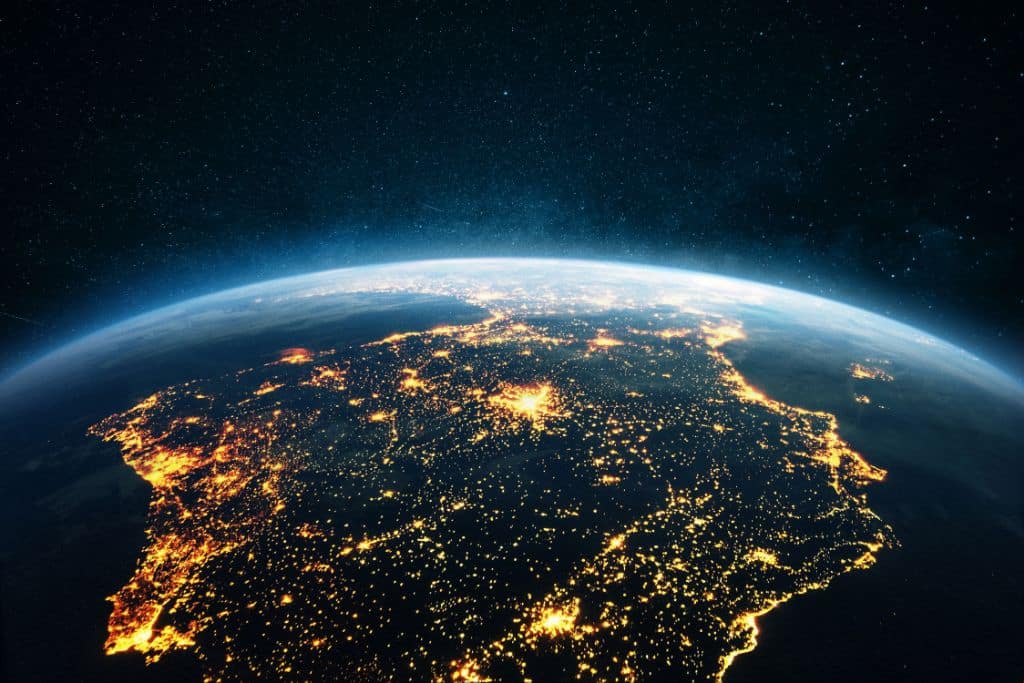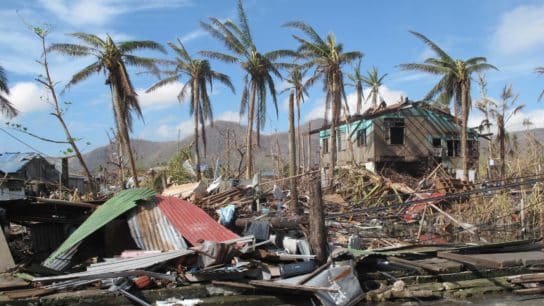“Six out of nine [Planetary Boundaries] processes have breached the safe levels, with all six showing trends of increasing pressure in all control variables, suggesting further boundary transgression in the near future,” the first planetary health check concluded.
—
The planet is in “critical condition,” scientists concluded after a planet health check revealed that six out of nine planetary boundaries have been breached.
According to the assessment, the first yearly scheduled report on the wellbeing of Earth systems, six boundaries have already been transgressed: climate change, biosphere integrity, land system change, freshwater change, biogeochemical flows, and the introduction of novel entities. Only three boundaries – atmospheric aerosol loading, stratospheric ozone depletion, and ocean acidification – remain within the safe operating space, though the latter is also quickly approaching the threshold.
“For the first time Patient Earth goes through a full Health Check. The verdict is clear – the patient is in critical condition,” Rockström said in a post on X (formerly known as Twitter).
More about the Six Planetary Boundaries processes that have breached safe levels (click to view)
- Climate Change (6.1): Atmospheric carbon dioxide (CO2) levels are at a 15-million-year high, leading to increased global radiative forcing, persistent warming, and the highest global mean temperatures in human history.
- Biosphere Integrity (6.2): Loss of genetic diversity and ecosystem energy levels are surpassing safe limits, especially in heavily used land regions, jeopardizing Earth’s resilience and ability to mitigate environmental pressures.
- Land System Change (6.3): Global deforestation is escalating due to land use changes and climate impacts, pushing most forest regions beyond safe boundaries.
- Freshwater Change (6.4): Significant deviations in streamflow and soil moisture since the 19th century, exceeding safe boundaries, pose challenges for water resource management and environmental stability.
- Biogeochemical Flows (6.5): Overuse of phosphorus and nitrogen in agriculture is causing ecological disruptions like water pollution and dead zones, impacting both developed and developing regions.
- Novel Entities (6.9): Unregulated introduction of synthetic chemicals, plastics, and genetically modified organisms is likely surpassing safe limits, endangering ecosystems, biodiversity, and potentially causing irreversible environmental damage.

First published in 2009, the planetary boundaries framework defines and quantifies the limits within which human activities can safely operate without causing irreversible environmental changes. It does so by identifying nine critical Earth system processes and defining thresholds – or boundaries – that should not be exceeded to maintain a stable, sustainable, and habitable planet. Transgressing them heightens risks of breaching critical tipping points that would bring about irreversible shifts to the planet, threatening humanity and life as we know it.
“Boundaries are set to avoid tipping points, to have a high chance to keep the planet in state as close as possible to the Holocene, that allows it to maintain its resilience, stability, and life support capabilities. Go beyond and we enter a danger zone… the uncertainty range of science,” Johan Rockström, director of Germany’s Potsdam Institute for Climate Impact Research and lead author of the planetary boundaries framework, told Earth.Org in April.
According to the report, humanity has five years to reverse planetary boundary trends, with 50% cuts in climate emissions required by decade’s end.
‘Shocking’ Trends
Early understanding of the anthropogenic impacts of human activities on the planet did not lead to the fundamental changes our society needed at the time to prevent the situation from worsening further. Thanks to our inaction in recent decades, we now find ourselves in completely uncharted territory.
“Humanity has opened the gates to hell,” United Nations Secretary-General António Guterres told the UN General Assembly in 2023, warning that “humanity’s fate is hanging in the balance.”
The past nine years have been the hottest on record, with 2023 topping the ranking and 2024 on track to be even hotter.
What’s even more worrisome is that climate scientists are struggling to understand or explain these trends, which climate scientist Zeke Hausfather last year famously described as “absolutely gobsmackingly bananas.”
“We had seen El Niño conditions before, so we expected higher surface temperatures [last year] because the Pacific ocean releases heat. But what happened in 2023 was nothing close to 2016, the second-warmest year on record. It was beyond anything we expected and no climate models can reproduce what happened. And then 2024 starts, and it gets even warmer,” Rockström told Earth.Org. “We cannot explain these [trends] yet and it makes scientists that work on Earth resilience like myself very nervous.”
Recent data also show a relentless rise in global sea temperatures, which have doubled since the 1960s.
“There has always been the assumption that the ocean can cope with this, that the ocean is able to absorb this heat in a predictable, linear way, without causing surprise or any sudden abrupt changes. Up until 2023. Because suddenly, temperatures [went] off the charts, and that’s what is so shocking,” the Swedish scientist remarked.
Read the full interview: Toward a New Global Approach to Safeguard Planet Earth: An Interview With Johan Rockström
This story is funded by readers like you
Our non-profit newsroom provides climate coverage free of charge and advertising. Your one-off or monthly donations play a crucial role in supporting our operations, expanding our reach, and maintaining our editorial independence.
About EO | Mission Statement | Impact & Reach | Write for us














